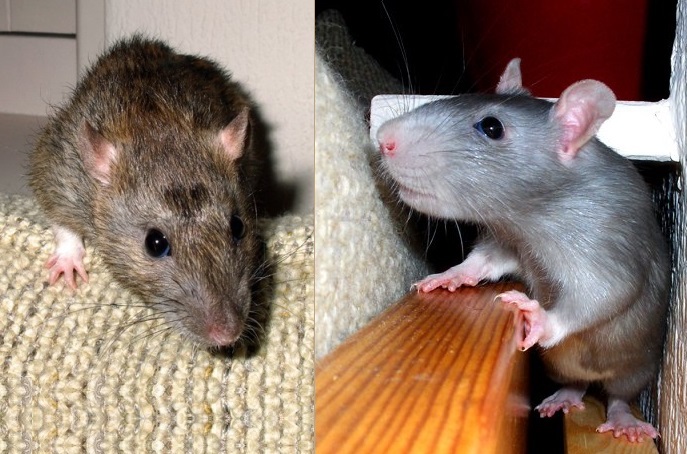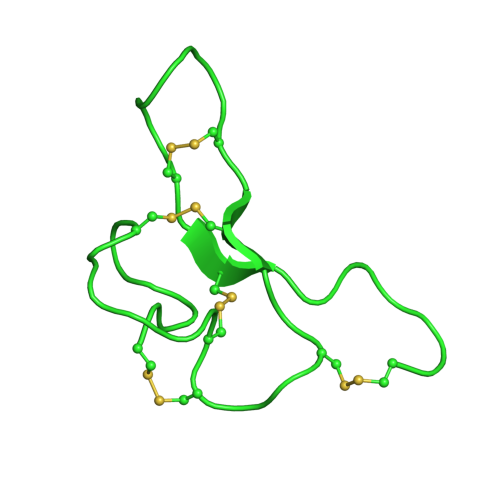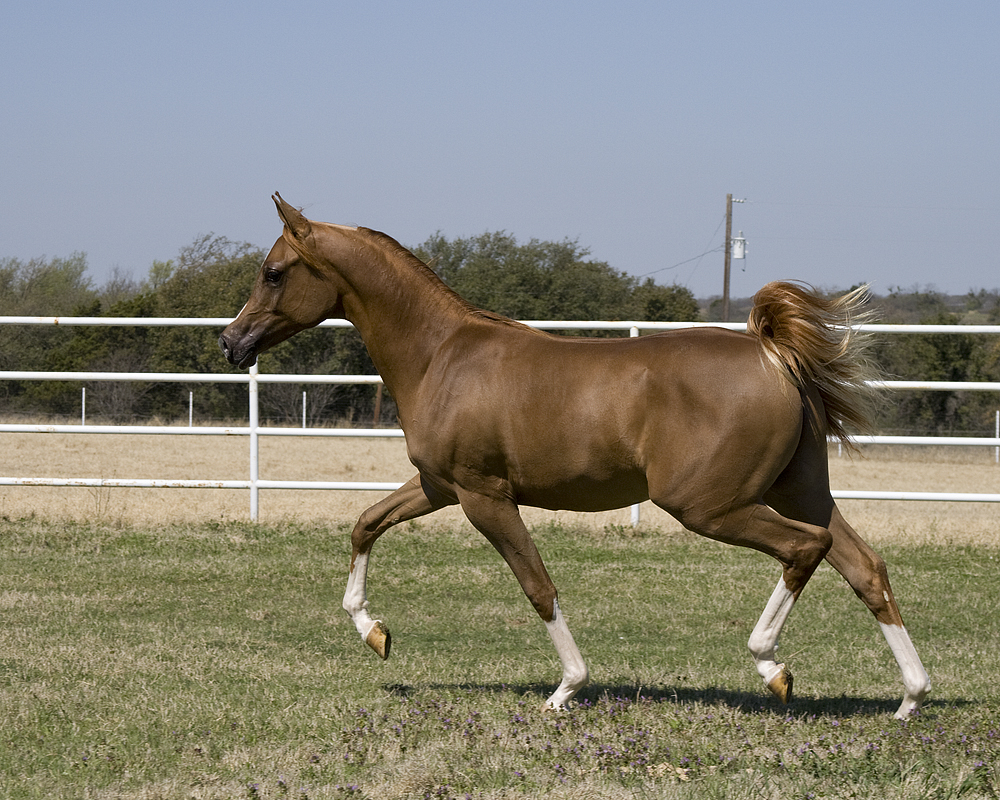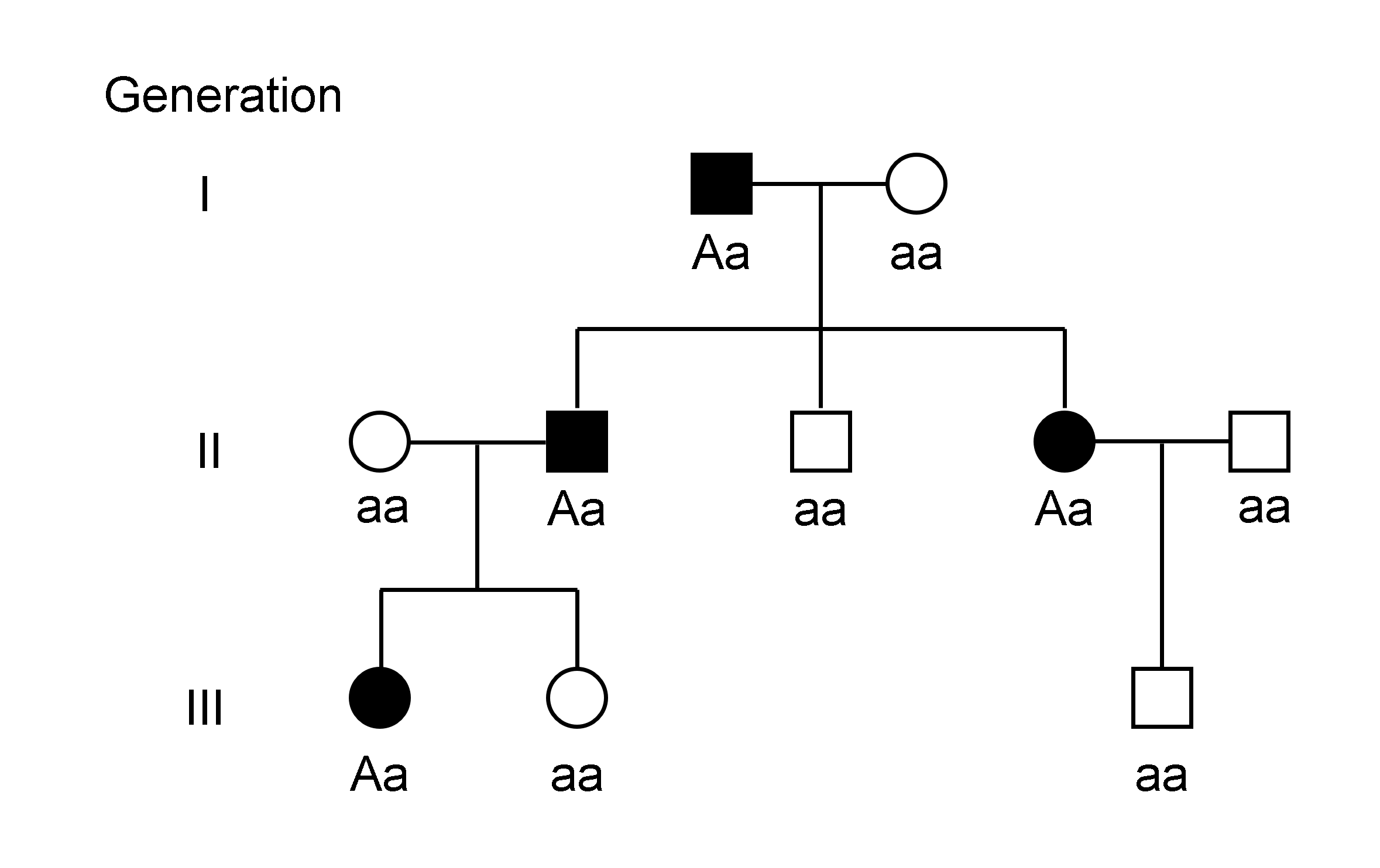|
Equine Coat Color
Horses exhibit a diverse array of coat colors and distinctive horse markings, markings. A specialized vocabulary has evolved to describe them. While most horses remain the same coat color throughout life, some undergo gradual color changes as they age. Most horse markings, white markings are present at birth, and the underlying skin color of a healthy horse does not change. Certain coat colors are also associated with specific breeds, such as the Friesian, which is almost exclusively black. The basic outline of equine coat color genetics has largely been resolved, and DNA tests to determine the likelihood that a horse will have offspring of a given color have been developed for some colors. Discussion, research, and even controversy continue about some of the details, particularly those surrounding spotting patterns, color sub-shades such as "sooty (gene), sooty" or "flaxen gene, flaxen", and horse markings, markings. Basic coat colors The two basic pigment colors of horse hair ... [...More Info...] [...Related Items...] OR: [Wikipedia] [Google] [Baidu] |
Grullo
Grullo (pronounced GREW-yo) or grulla is a color of horses in the dun family, characterized by tan-gray or mouse-colored hairs on the body, often with shoulder and dorsal stripes and black barring on the lower legs. The genotype for grulla horses is a black base with dun dilution. In this coloration, each individual hair is mouse-colored, unlike a roan, which is composed of a mixture of dark and light hairs. The several shades of grulla are informally referred to with a variety of terms, including black dun, blue dun, slate grulla, silver grulla or light grulla, silver dun, or lobo dun. Silver grulla may also refer to a grulla horse with silver dapple, regardless of shade. In terms of equine coat color genetics, all of these shades are based on the dun gene acting as a dilution gene over the black gene. Because the grulla color is not due to the gray gene, a grulla horse remains the same basic color from birth, though some minor shade variation may occur from summer to winte ... [...More Info...] [...Related Items...] OR: [Wikipedia] [Google] [Baidu] |
Cream Gene
The cream gene is responsible for a number of Equine coat color, horse coat colors. Horses that have the cream gene in addition to a base coat color that is chestnut (coat), chestnut will become palomino if they are heterozygous, having one copy of the cream gene, or cremello, if they are homozygous. Similarly, horses with a Bay (horse), bay base coat and the cream gene will be Buckskin (horse), buckskin or perlino. A black base coat with the cream gene becomes the not-always-recognized smoky black or a smoky cream. Cream horses, even those with blue eyes, are not white (horse), white horses. Dilution coloring is also not related to any of the Pinto horse, white spotting patterns. The cream gene (''CCr'') is an Dominance relationship, incomplete dominant allele with a distinct dosage effect. The DNA sequence responsible for the cream colors is the cream allele, which is at a specific Locus (genetics), locus on the SLC45A2, solute carrier family 45 member 2 (''SLC45A2'') ge ... [...More Info...] [...Related Items...] OR: [Wikipedia] [Google] [Baidu] |
Dilution Gene
A dilution gene is any one of a number of genes that act to create a lighter coat color in living creatures. There are many examples of such genes: General Diluted coat colors have melanocytes, but vary from darker colors due to the concentration or type of these pigment-producing cells, not their absence. Pigment dilution, sometimes referred to as hypomelanism, has been called leucism, albinism (perfect, impartial, or dilute), ghosting, paling, and isabellinism. *Albinism describes a condition where pigment cells synthesize little or no pigment *Leucism describes a condition that creates loss of pigment cells Cats Cat coat genetics discusses many dilution genes in cats. Dogs In dogs, a mutation of the ''MLPH'' locus known as the dilute gene causes eumelanin to lighten while pheomelanin remains almost unchanged. Dogs of some breeds with the dilute gene often suffer from colour dilution alopecia (CDA). Appearance Of the colour shades found in the coat of dogs, the light brown ... [...More Info...] [...Related Items...] OR: [Wikipedia] [Google] [Baidu] |
Gray (horse)
A gray horse (or grey horse) has a Equine coat color, coat color characterized by progressive depigmentation of the colored hairs of the coat. Most gray horses have black skin and dark eyes; unlike some equine dilution genes and some other genes that lead to depigmentation, gray does not affect skin or eye color. Gray horses may be born any base color, depending on other color genes present. White hairs begin to appear at or shortly after birth and become progressively more prevalent as the horse ages as white hairs become intermingled with hairs of other colors. Graying can occur at different rates—very quickly on one horse and very slowly on another. As adults, most gray horses eventually become completely white, though some retain intermixed light and dark hairs. The stages of graying vary widely. Some horses develop a wikt:dapple, dappled pattern for a period of time, others resemble a roan (horse), roan with more uniform intermixing of light and dark hairs. As they age, ... [...More Info...] [...Related Items...] OR: [Wikipedia] [Google] [Baidu] |
Agouti Signalling Peptide
Agouti-signaling protein is a protein that in humans is encoded by the ASIP gene. It is responsible for the distribution of melanin pigment in mammals. Agouti interacts with the melanocortin 1 receptor to determine whether the melanocyte (pigment cell) produces phaeomelanin (a red to yellow pigment), or eumelanin (a brown to black pigment). This interaction is responsible for making distinct light and dark bands in the hairs of animals such as the agouti, which the gene is named after. In other species such as horses, agouti signalling is responsible for determining which parts of the body will be red or black. Mice with wildtype agouti will be grey-brown, with each hair being partly yellow and partly black. Loss of function mutations in mice and other species cause black fur coloration, while mutations causing expression throughout the whole body in mice cause yellow fur and obesity. The agouti-signaling protein (ASIP) is a competitive antagonist with alpha-Melanocyte-stimulati ... [...More Info...] [...Related Items...] OR: [Wikipedia] [Google] [Baidu] |
Trotting Belgian Draft Horse
The trot is a two-beat diagonal horse gait where the diagonal pairs of legs move forward at the same time with a moment of suspension between each beat. It has a wide variation in possible speeds, but averages about . A very slow trot is sometimes referred to as a jog. An extremely fast trot has no special name, but in harness racing, the trot of a Standardbred is faster than the gallop of the average non-racehorse, and has been clocked at over . On June 29, 2014, at Pocono Downs in Pennsylvania the Swedish standardbred Sebastian K trotted a mile in 1 minute, 49 seconds (quarters were passed at 26:2, 55:3 and 1,21:4). This is equivalent to a 1000-pace in 1.07,7 or 53.14 kilometers per hour or 33 miles per hour. From the standpoint of the balance of the horse, the trot is a very stable gait and does not require the horse to make major balancing motions with its head and neck.Harris, Susan E. ''Horse Gaits, Balance and Movement'' New York: Howell Book House 1993 pp. 35–37 ... [...More Info...] [...Related Items...] OR: [Wikipedia] [Google] [Baidu] |
Agouti Coloration Genetics
The agouti gene, the Agouti-signaling protein (ASIP) is responsible for variations in color in many species. ''Agouti'' works with ''extension gene, extension'' to regulate the color of melanin which is produced in hairs. The agouti protein causes red to yellow pheomelanin to be produced, while the competing molecule Alpha-Melanocyte-stimulating hormone, α-MSH signals production of brown to black eumelanin. In wildtype mice, alternating cycles of agouti and α-MSH production cause agouti (coloration), agouti coloration. Each hair has bands of yellow which grew during agouti production, and black which grew during α-MSH production. Wildtype mice also have light-colored bellies. The hairs there are a creamy color the whole length because the agouti protein was produced the whole time the hairs were growing. In mice and other species, loss of function mutations generally cause a darker color, while gain of function mutations cause a yellower coat. Mice As of 1979, there were 17 k ... [...More Info...] [...Related Items...] OR: [Wikipedia] [Google] [Baidu] |
Genotype
The genotype of an organism is its complete set of genetic material. Genotype can also be used to refer to the alleles or variants an individual carries in a particular gene or genetic location. The number of alleles an individual can have in a specific gene depends on the number of copies of each chromosome found in that species, also referred to as ploidy. In diploid species like humans, two full sets of chromosomes are present, meaning each individual has two alleles for any given gene. If both alleles are the same, the genotype is referred to as Zygosity, homozygous. If the alleles are different, the genotype is referred to as heterozygous. Genotype contributes to phenotype, the observable traits and characteristics in an individual or organism. The degree to which genotype affects phenotype depends on the trait. For example, the petal color in a pea plant is exclusively determined by genotype. The petals can be purple or white depending on the alleles present in the pea plan ... [...More Info...] [...Related Items...] OR: [Wikipedia] [Google] [Baidu] |
Melanocortin 1 Receptor
The melanocortin 1 receptor (MC1R), also known as melanocyte-stimulating hormone receptor (MSHR), melanin-activating peptide receptor, or melanotropin receptor, is a G protein–coupled receptor that binds to a class of pituitary peptide hormones known as the melanocortins, which include adrenocorticotropic hormone (ACTH) and the different forms of melanocyte-stimulating hormone (MSH). It is coupled to Gαs and upregulates levels of cAMP by activating adenylyl cyclase in cells expressing this receptor. It is normally expressed in skin and melanocytes, and to a lesser degree in periaqueductal gray matter, astrocytes and leukocytes. In skin cancer, MC1R is highly expressed in melanomas but not carcinomas. MC1R is one of the key proteins involved in regulating mammalian skin color and hair color. It is located on the plasma membrane of specialized cells known as melanocytes, which produce the pigment melanin through the process of melanogenesis. It controls the type o ... [...More Info...] [...Related Items...] OR: [Wikipedia] [Google] [Baidu] |
Equine Coat Color Genetics
Equine coat color genetics determine a horse's coat color. Many colors are possible, but all variations are produced by changes in only a few genes. bay horse, Bay is the most common color of horse, followed by black and chestnut. A change at the ''agouti'' locus is capable of turning bay to black horse, black, while a mutation at the ''extension'' locus can turn bay or black to chestnut horse, chestnut. These three "base" colors can be affected by any number of dilution genes and patterning genes. The dilution genes include the wildtype dun gene, believed to be one of the oldest colors extant in horses and donkeys. The dun gene lightens some areas of the horse's coat, while leaving a darker dorsal stripe, mane, tail, face, and legs. Depending on whether it acts on a bay, black, or chestnut base coat, the dun gene produces the colors known as bay dun, grullo, and red dun. Another common dilution gene is the cream gene, responsible for palomino, buckskin, and cremello horses. ... [...More Info...] [...Related Items...] OR: [Wikipedia] [Google] [Baidu] |
Sooty Gene
A sooty or smutty Equine coat color, horse coat color is characterized by black or darker hairs mixed into a horse's coat, typically concentrated along the topline of the horse and less prevalent on the underparts. The effect is especially pronounced on buckskin (horse), buckskins and palominos. Sootiness is believed to be an inherited trait involving multiple genes, however the details are not yet known. Horses without any visible sooty coloration are termed "clear-coated." On bay horse, bay-based horses, the most common type of sooty is black countershading. This darkens the top side of the horse, sometimes turning the back, croup, and shoulder almost black, while leaving the underside of the horse redder. At its darkest, this effect may be confused with Seal brown (horse), seal brown, while in minimal forms the dark hairs may not be noticed. Dapples of red often appear within the dark region. Many horses with the sooty trait have a darker mask on the bony parts of the face. O ... [...More Info...] [...Related Items...] OR: [Wikipedia] [Google] [Baidu] |









